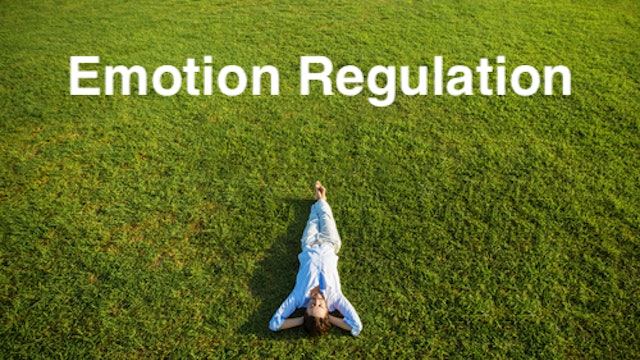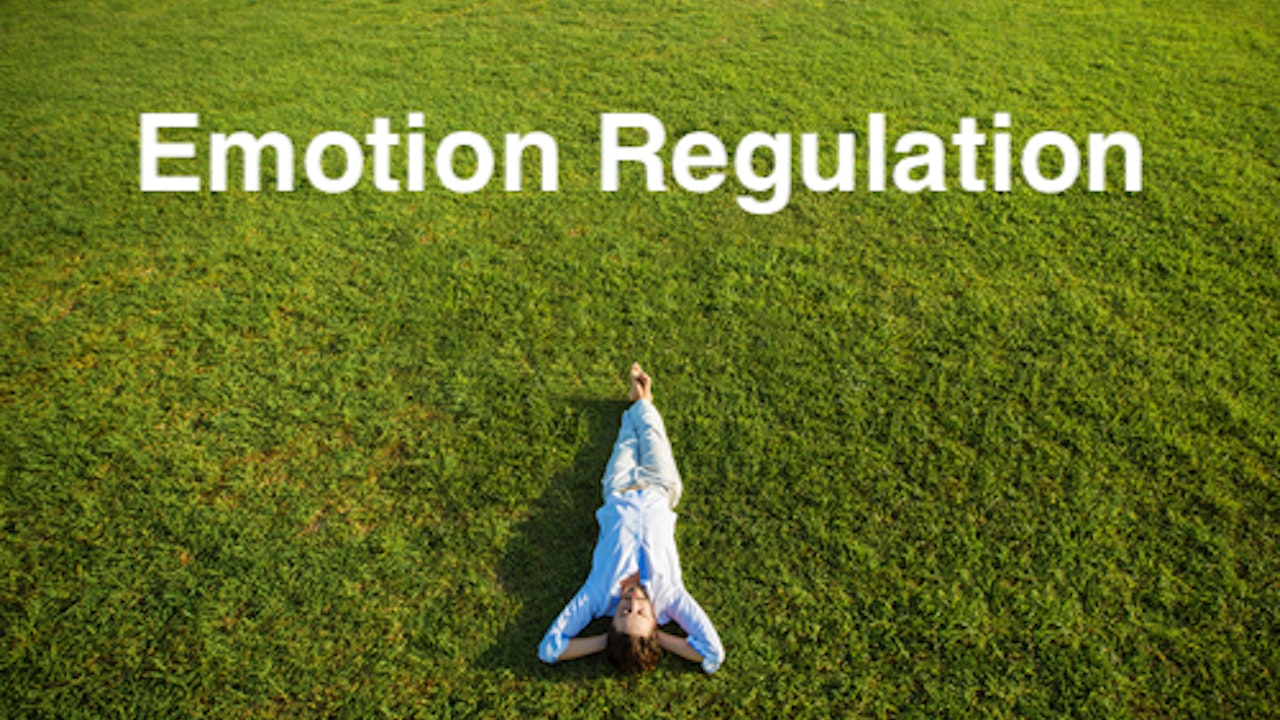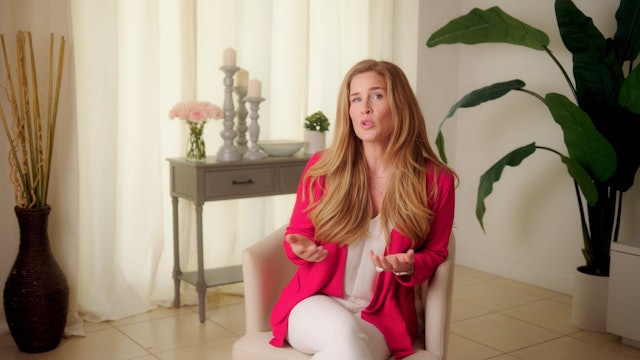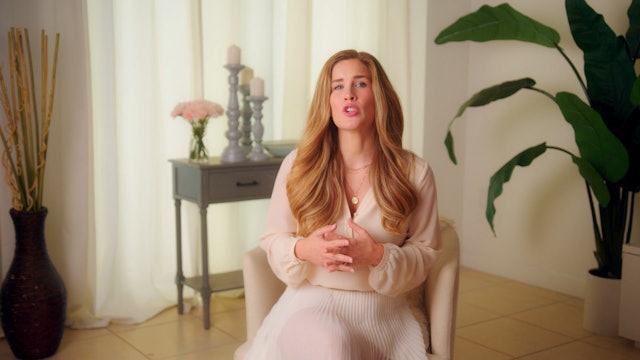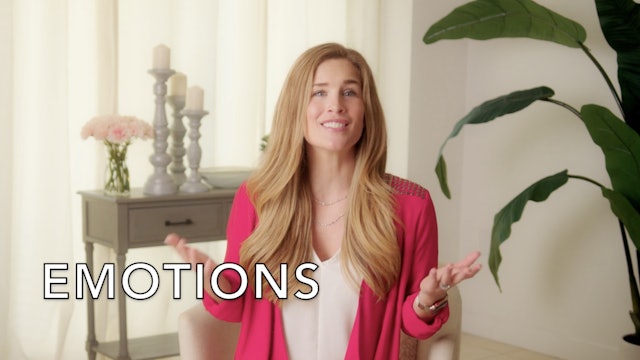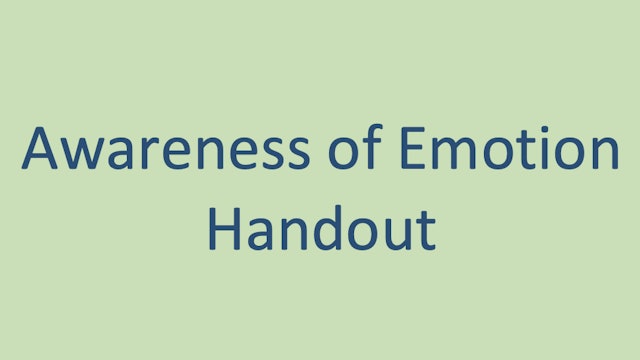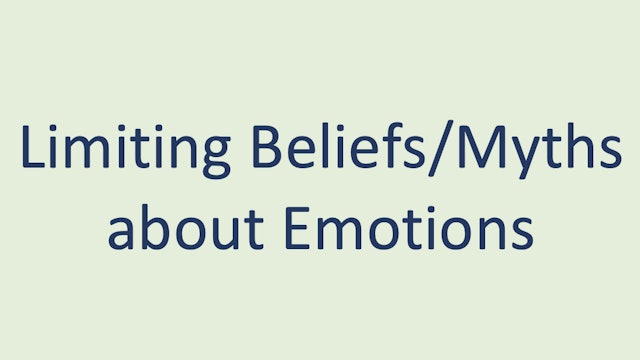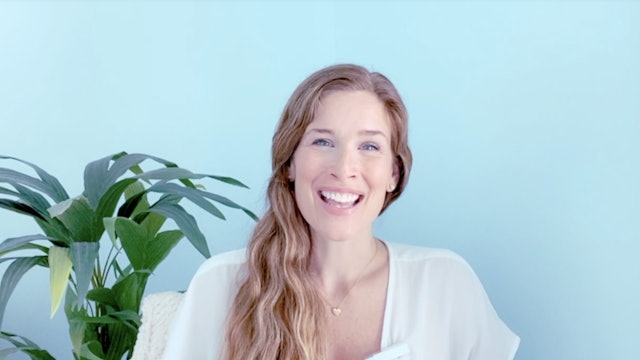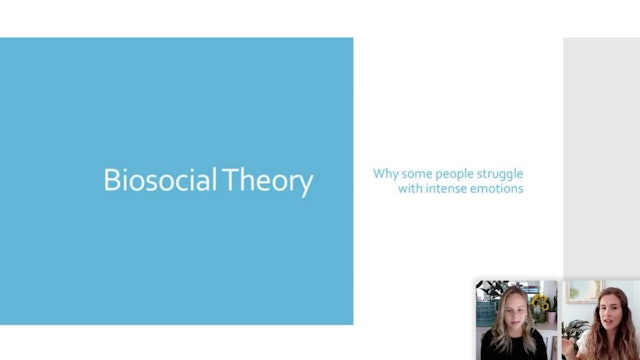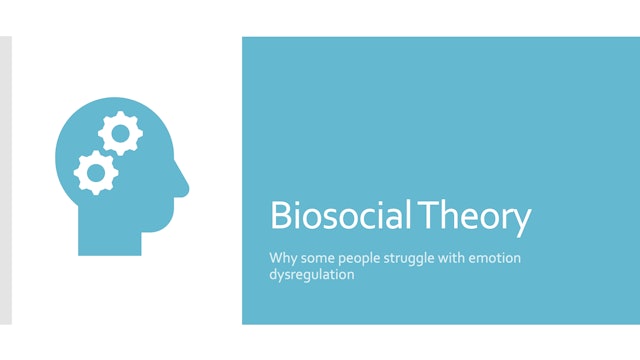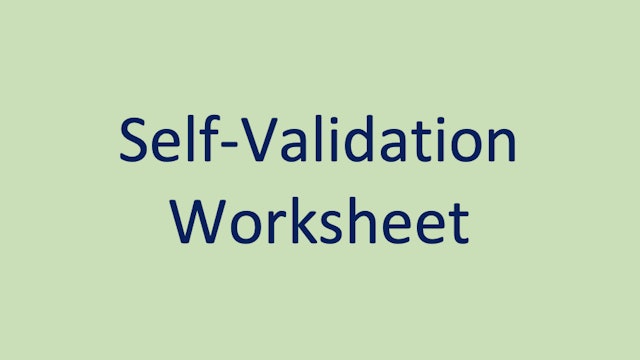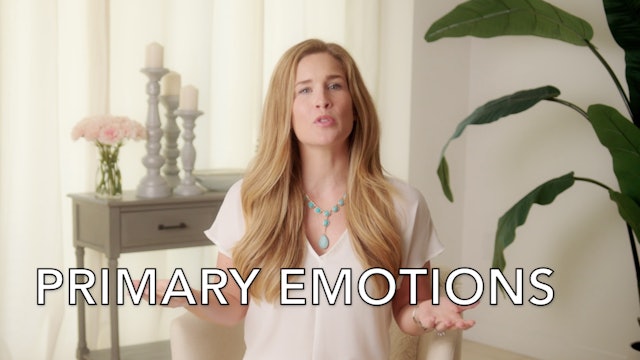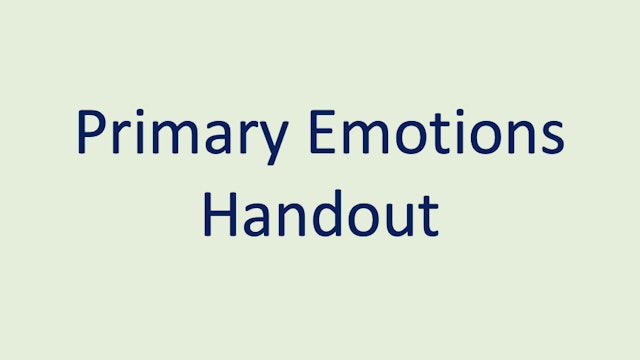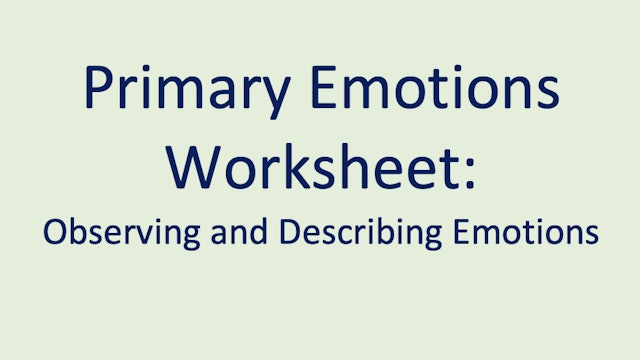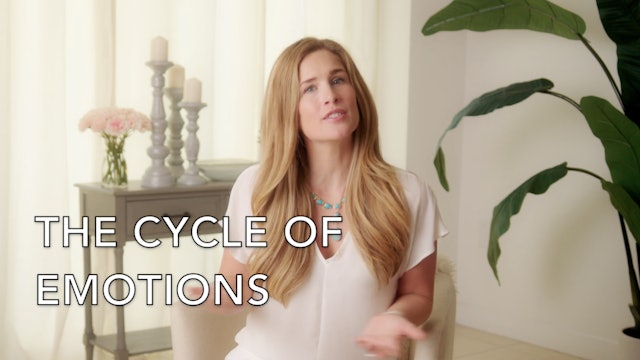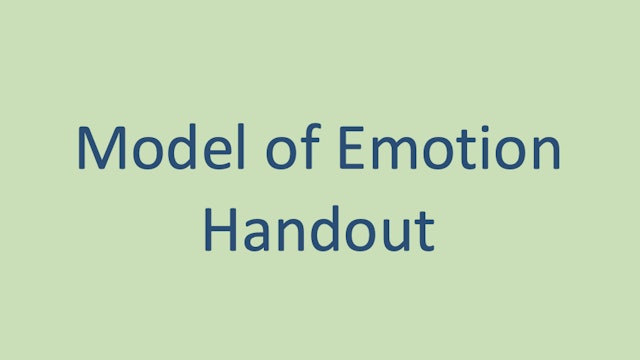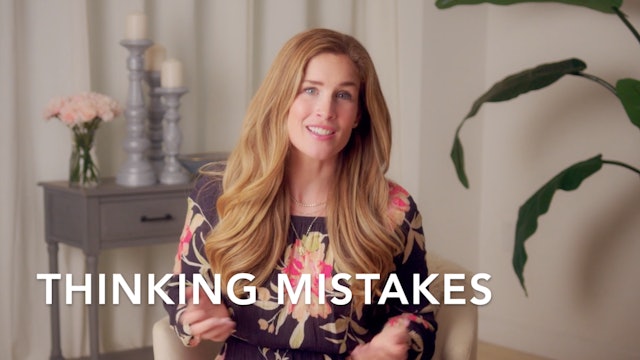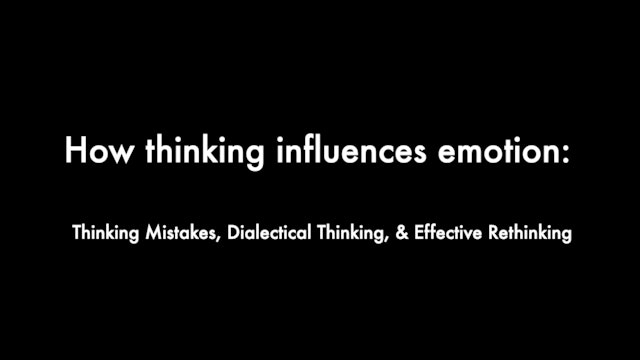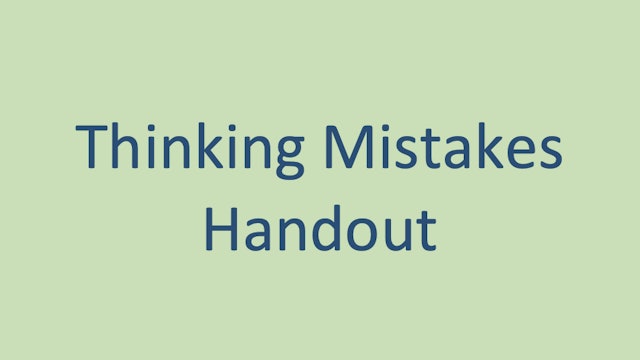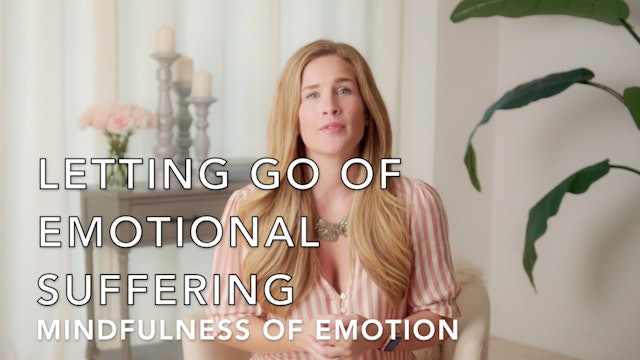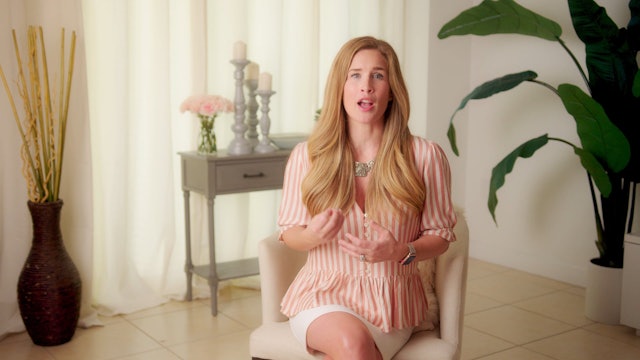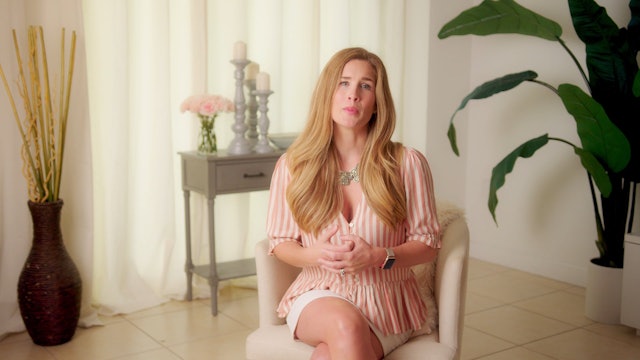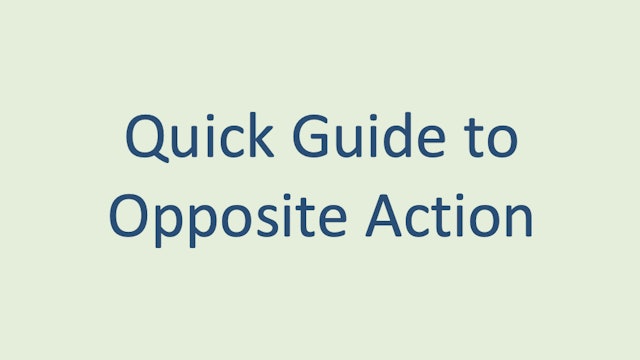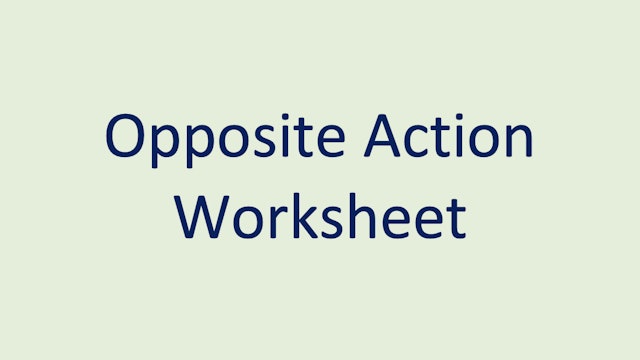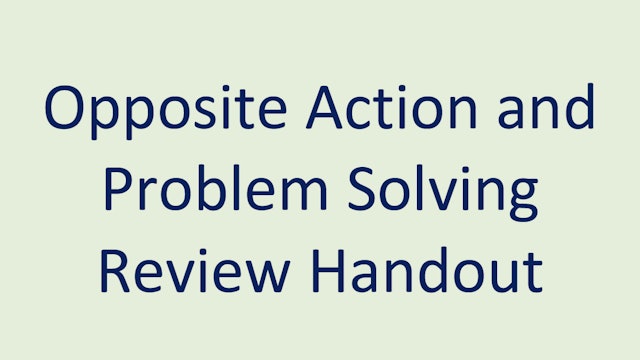Emotion Regulation Skills Collection
DBT Skills to increase positive emotions, improve ability to regulate emotions, learn to change emotions, and reduce emotion suffering.
-
Introduction to Emotion Regulation Module
This video provides a general overview of the DBT emotion regulation module.
-
5 Ways to Deal with a Problem
Learn five basic ways to deal with a problem. The DBT Skills on this video platform will give you the tools that you need to deal effectively with problems.
1. Stay miserable
2. Make things worse by acting ways that may lead to negative consequences now or in the future.
3. Problem solve the... -
Emotions: Healthy ways of looking at emotions
Learn all about emotions! Understand what is good about emotions and how to develop a healthier relationship to your emotions.
-
Limiting Beliefs/Myths about Emotions
480 KB
-
Positive Self Statements Handout
204 KB
List of positive affirmations about emotions.
-
Biosocial Theory: Why Some People Struggle with Emotions
Learn about the DBT Biosocial Theory, which explains why some people struggle with difficulties regulating emotions.
-
Biosocial Theory: Clip from Live DBT Skills Class
Watch this clip from our live DBT Skills class where we discussed the Biosocial Theory, which explains why some people struggle with chronic emotion dysregulation.
-
Primary Emotions
Learn about the primary emotions and the ways that we experience emotions, associated action urges, and the gifts of those emotions. Learn about happiness, sadness, anger, fear, shame, guilt, jealousy, envy, disgust, and love.
-
Primary Emotions Worksheet: Observing and Describing Emotions
500 KB
Explore your emotions and various common prompting events, interpretations, emotional experiences, emotional expressions, and after effects that happen when you experience a one of the primary emotions.
-
Model of Emotion
Learn the general way that emotions work. Learn things that keep emotions around for a long time and behaviors that reactivate emotions.
-
Common Thinking Mistakes
This video describes numerous common thinking patterns that can increase negative emotion and make life more difficult to handle.
-
How Thinking Influences Emotion
-
Thinking Mistakes Handout
88.3 KB
In this handout you'll find some common thinking mistakes, which can lead to misinterpreting situations and experiencing painful emotions. Try to notice (nonjudgmentally) when use one of these thinking mistakes and see if you can come up with a new dialectical thought in its place.
-
Reducing Emotional Suffering: Mindfulness of Emotion
Learn how to reduce emotional suffering by allowing yourself to ride the wave of your emotion. Learn how to observe your emotion nonjudgmental as well as respect and love your emotion. In doing so, you will allow the emotion to complete its process and will help you to avoid issues that arise d...
-
Check the Facts and Opposite Action
Learn the DBT Skills of Check the Facts and Opposite Action. Learn to recognize wether or not an emotion is justified or unjustified by checking to see if the emotion fits the facts. Learn to change the emotion by using opposite action.
-
Opposite Action: Changing Emotion
Learn the DBT Skill of Opposite Action to change an emotion if the emotion doesn't fit the facts or is unhelpful in a situation. Learn about how to practice opposite action with each of the primary emotions to help you change the emotion.
-
Quick Guide to Opposite Action Handout
154 KB
View a quick guide for how to use opposite action if your emotion doesn't fit the facts and will not be helpful in moving you towards your goals.
-
Opposite Action and Problem Solving Review Handout
573 KB

